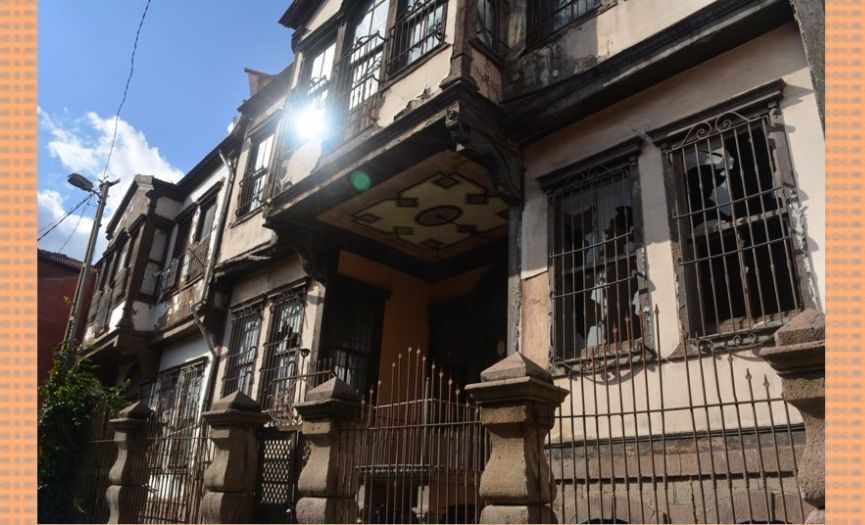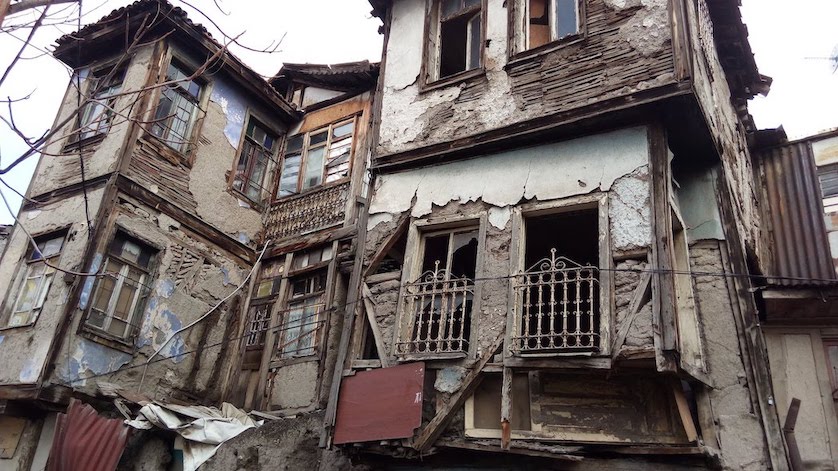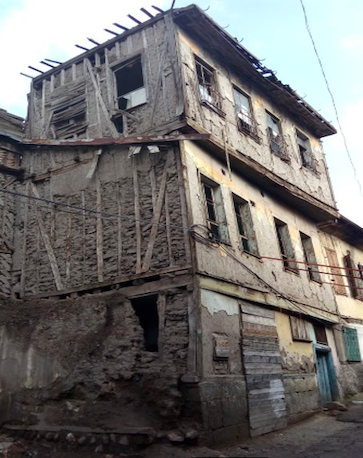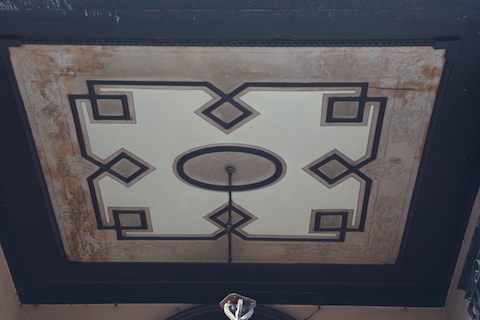
A Cultural Heritage in Ankara: The Jewish Neighborhood
The coexistence of different cultures creates a common culture. This culture created, has the power to change the appearance of the cities. One of the main places, where this power is felt, is the Jewish Neighborhood in Ankara.
By Muzaffer Karaaslan*
Translation by Suzy Esentürk
The Turkish Language Association (TDK) expresses the word 'neighborhood' as 'each part of a city, a town or a large village divided.' However, sometimes neighborhood means much more than this expression. The coexistence of different cultures creates a common culture. This culture created, has the power to change the appearance of the cities. One of the main places, where this power is felt, is the Jewish Neighborhood in Ankara.
The Jewish Quarter, which is known as the Istiklal District in our day, is located in the Altındağ district of Ankara. During the Ottoman period, the neighborhood was mostly named after the mosques around it. Whereas in the Republic period, it was renamed as 'Istiklal District'. However, since mainly the Jewish population had been living in this neighborhood and that the synagogue had been located in this neighborhood, the Ankara residents called this place the Jewish Neighborhood and this name is still used by the local people. Although the Jewish Neighborhood in Ankara is in the middle of commercial and touristic centers such as Ulus, Kale, and Hamamönü, unfortunately, it is almost ignored and left to its fate.
There have been many publications about the Jewish Community and the Jewish Neighborhood in Ankara. The aim of this editorial is to bring the Jewish Neighborhood, which is in really bad shape, back to the agenda and to emphasize the importance of the neighborhood with brief information.
The Jewish Neighborhood draws a multicultural neighborhood profile with a variety of places of worship. The fact that synagogues and mosques are close to each other in the neighborhood proves that Jewish people and Muslims used to live together.
The Architecture of the Jewish Neighborhood

Today, architecture is one of the most important elements that ensure the authentic texture of the Jewish Neighborhood. The architectural structures in the neighborhood generally belong to the end of the 19th century and the beginning of the 20th century.
Generally, the buildings which were designed as residences are important in terms of showing the construction materials in Ankara as well as having the features of the late Ottoman period.
When examined as a layout, the houses are generally designed with two floors, interior sofas and bay windows. The roofing system of the buildings is a wooden ceiling inside and a hipped roof outside. The main materials of these architectural works are stone, brick, adobe, and wood.
The most striking structures among the houses in the Jewish Neighborhood are located on Birlik Street. Hayim Albukrek House and Araf House, just opposite the synagogue, belong to the beginning of the 20th century. It is claimed that the houses had been built by an Italian architect. Besides the architectural features, the painted embroidery on the exterior of the Hayim Albukrek House is very important. Painted embroidery belonging to the late Ottoman period was composited with floral and geometric ornaments. This painted embroidery is one of the rare examples that have survived in the neighborhood. The example of painted embroidery on the exterior is seen only in a few buildings in Ankara. Therefore, Hayim Albukrek House should definitely be protected.

Unfortunately, as well as the houses that have survived to the present day, there are buildings that have been demolished and destroyed. These houses are valuable not only in terms of architecture but also in terms of wood and metal workmanship.
The wood and metalwork in the houses which are in a very bad condition, reflect the art perspective of the period. Most likely these works were made by craftsmen in Ankara. Therefore these are important works of the craftsmen in Ankara that show their productions and that have to be protected.
The residences in the Jewish Quarter are not only important for art history, but also for our recent political and social history. One of the interesting buildings in this aspect is the Yasef Ruso House. There are some rumors that Atatürk had stayed in that house. In our day, Yasef Ruso House is just one of the houses that are about to collapse. In addition, it is known that in the 20th century, French and British commanders had also stayed in the houses around the Jewish Neighborhood. There are also two schools for girls and boys belonging to the Jewish community in the neighborhood. These schools raise the Jewish Neighborhood to a privileged position considering the locations and numbers of the educational buildings in Ankara during the Ottoman period.

From the ceiling of the Hayim Albukrek House
When generally evaluated, the Jewish Quarter consists of neglected streets and houses that are about to collapse. The neighborhood, which is an important cultural heritage for Ankara, carries the old city texture to the present day. The houses in the neighborhood contain both traditional architecture and the altering artistic and architectural approach of the late Ottoman period. Jewish Neighborhood has tourism potential due to its proximity to touristic places such as Hamamönü, Kale and Ulus. It is also possible to say that with the right projects, it contains the features that can be a city's brand. Therefore, efforts should be made urgently to protect this neighborhood. Relevant institutions, especially art historians and conservation experts, should cooperate with knowledgeable and experienced people and protect the neighborhood as a whole and transfer it to future generations.
*Art historian, Hacettepe University Art History Department Ph.D. Student. He is working on the late Ottoman period art, especially the Ottoman period wall paintings.
Related Newsss ss











